Giant beaver or Castoroides is an extinct genus of enormous beavers that lived in North America during the Pleistocene.
Giant beavers were much larger than modern beavers. Their average length was approximately 1.9 m and they could grow as large as 2.2 m. The weight of the giant beaver could vary from 90 kg to 125 kg. This makes it the largest known rodent in North America during the Pleistocene and the largest known beaver.[1]
The hind feet of the giant beaver were much larger than in modern beavers, while the hind legs were shorter. The tail was longer but may have been narrower.[2] However, because soft tissues decay, it is not known whether its tail resembled the tails in modern beavers, and it can only be assumed that its feet were webbed like in modern species.[1][3] The skull structure of the giant beaver shows that it presumably participated in extended underwater activity, thanks to the ability to take in more oxygen into its lungs.[3]
One of the defining characteristics of the giant beaver were their incisors, which differ in size and shape than those of modern beavers. Modern beavers have chisel-like incisor teeth for gnawing on wood, while the teeth of the giant beaver were bigger and broader, and grew to about 15 cm long.[4] These incisors were not as efficient at cutting wood, therefore it is possible that the giant beaver did not construct dams. One other major difference between the giant beaver and the modern beaver is that the size of its brain was proportionally smaller. As a result, giant beavers may have had inferior interactions in its environment as well as less complex patterns of thoughts and behavior.[3]
Information collected from Wikipedia
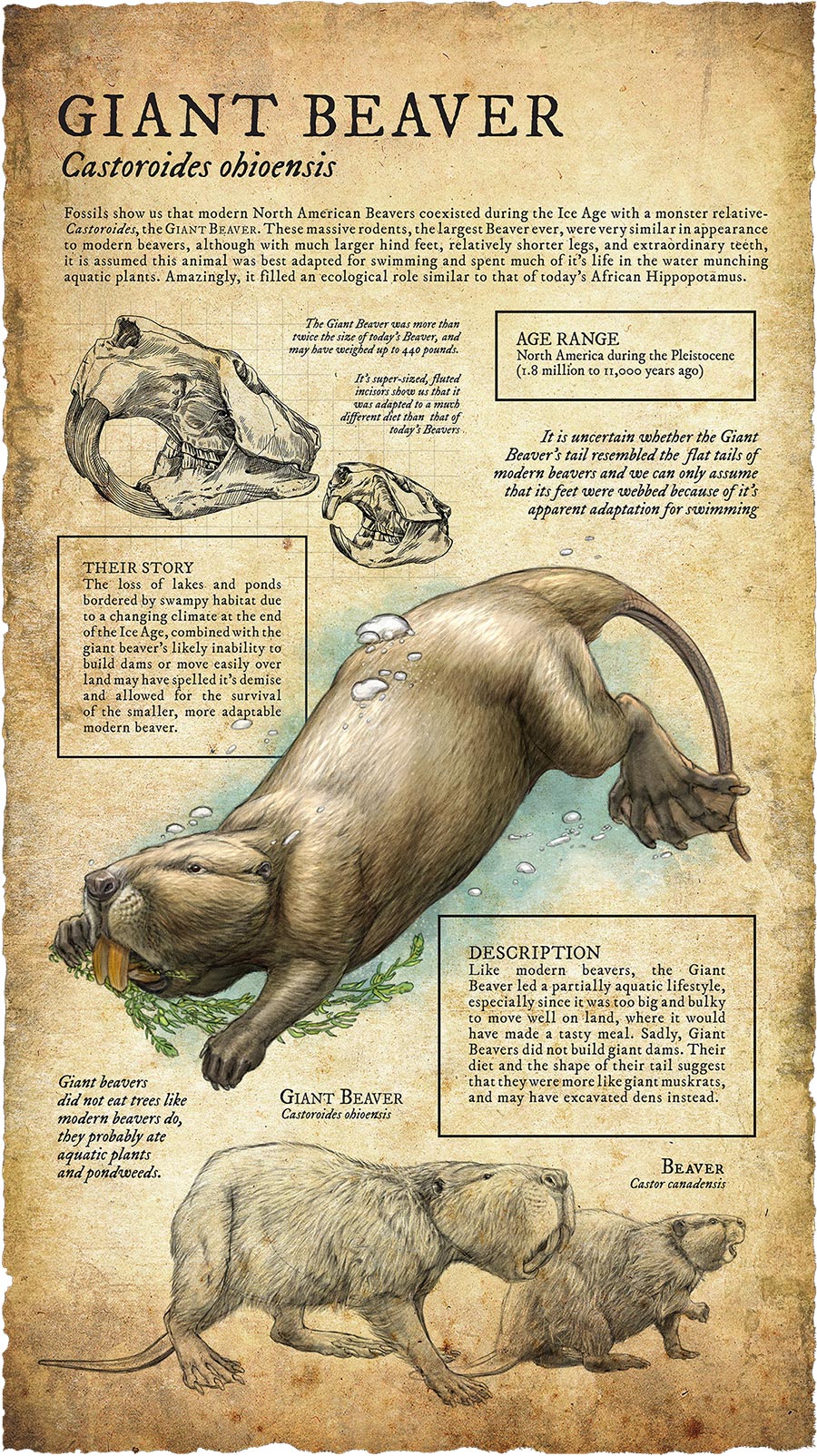

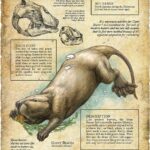
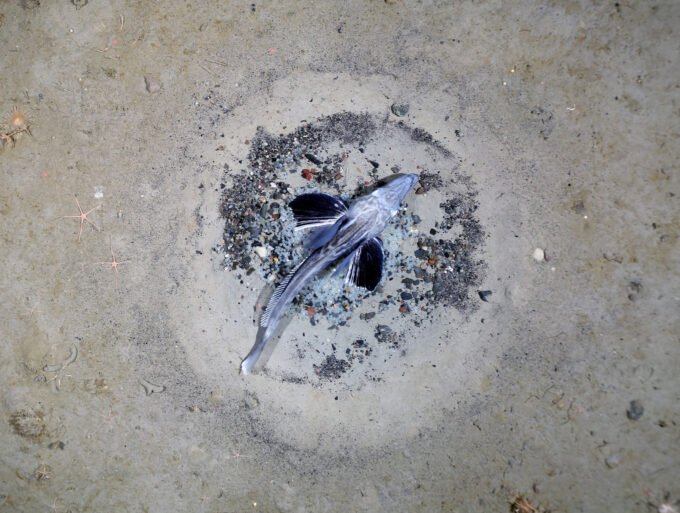
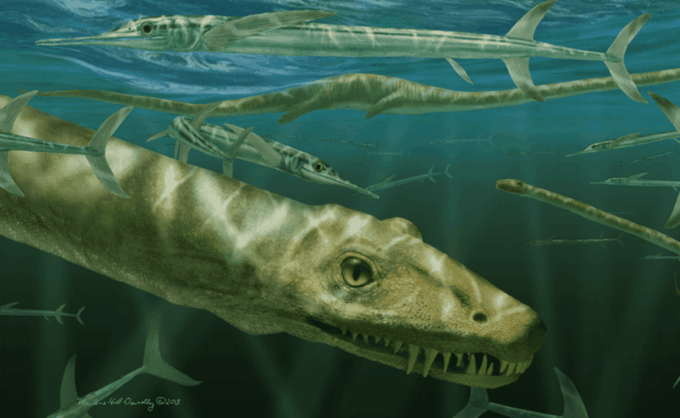
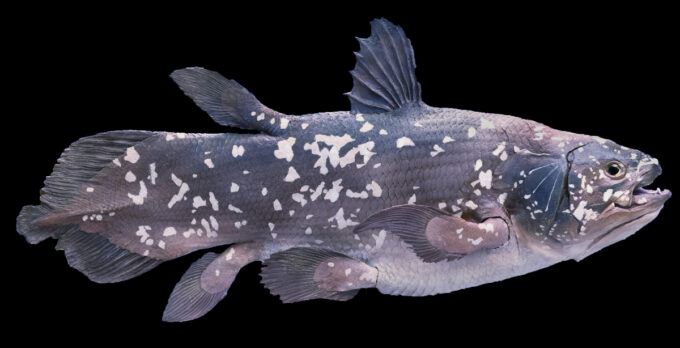
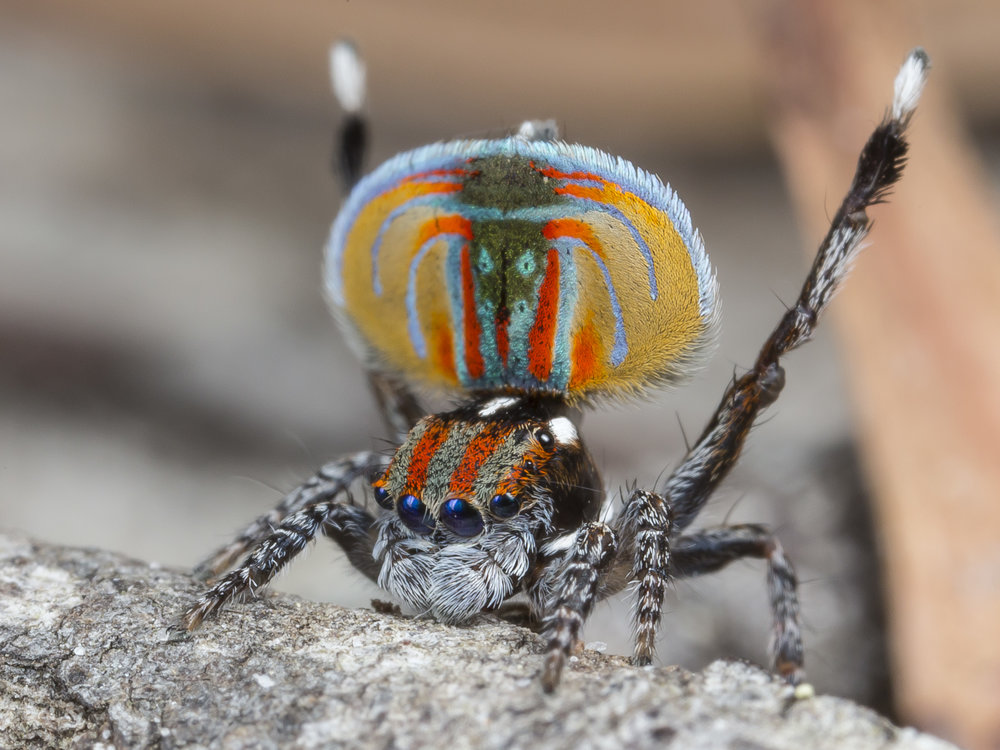
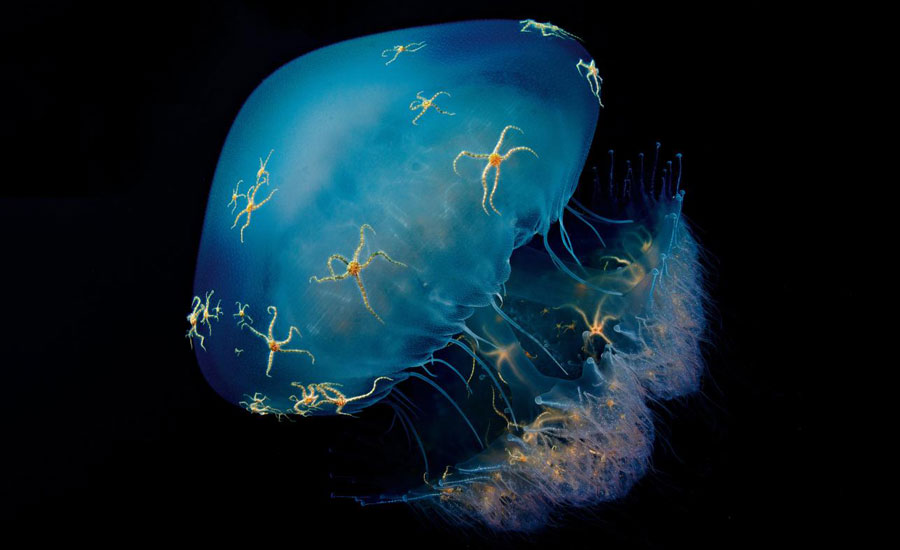




Leave a comment